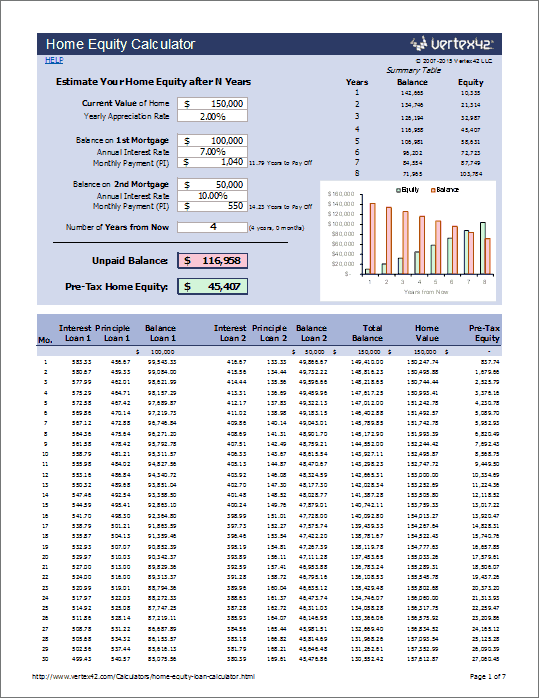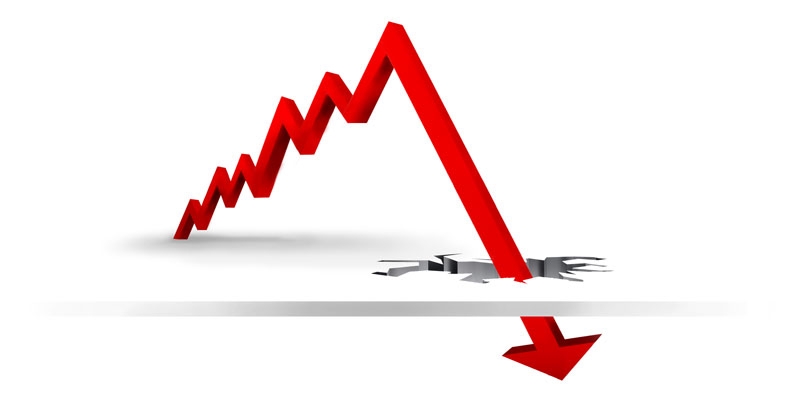Table of Content
Over time, you build up equity in your home as you make payments on your mortgage or your home’s value rises. If you have built a substantial amount of equity in your home, you can take out a home equity loan. Home equity loans are installment loans that allow you to borrow a percentage of your home equity, typically up to 85 percent. Unlike with a HELOC, you receive all of the money upfront and then make equal monthly payments of principal and interest for the life of the loan . Established in 1935, Connexus offers auto loans, personal loans, student loans, credit cards, banking products and more. Connexus’ home equity loan rates are on par with those of other financial institutions on this list, starting as low as 3.49 percent APR.
Generally, lenders require that homeowners have at least 20 percent equity before they can obtain a home equity loan product. In other words, this means you need an LTV ratio of 80 percent. Take your outstanding mortgage balance and divide it by your home’s appraised value to get a percentage for your LTV ratio. Nationally, average 10-year home equity loan rates range from 4.25% to 6.92%. Your interest rate may vary according to your credit profile, DTI ratio and LTV ratio.
Obtaining only a Loan Estimate for a home equity loan
When the loan reaches this level the mortgage automatically converts into a fully amortizing mortgage which requires principal repayment. The average 10-year home equity loan rates in each state are listed in the table below. Typically, 10-year home equity loans come with moderate interest rates that strike a balance between the length of your term and your monthly payment. An early closure fee of 1% of the original line amount, maximum $500, will apply if the line is paid off and closed within the first 30 months.

You should be prepared to provide an estimate of your home’s value as well as other supporting documents. A home equity loan, sometimes referred to as a home equity installment loan or HELOAN for short, may be a way to help you work towards your goals. Here’s some of the most popular uses of a home equity loan. The Federal Reserve has started to taper their bond buying program. If you found this guide helpful you may want to consider reading our comprehensive guide to adjustable-rate mortgages.
Advisors & wealth teams
The key difference is a home equity loan offers a single lump sum at a fixed rate, whereas a HELOC offers a line of credit at a variable rate that you can then draw upon. A Loan Estimate provides important details about your loan, including the estimated interest rate, monthly payment and total closing costs. A banker can help you obtain a Loan Estimate without completing a full loan application. Monthly payments cover principal & interest, but do not include other costs of ownership like closing costs, homeowner's insurance, PMI, HOA fees and property taxes. With a hybrid loan the principle is being amortized over the entire life of the loan, including the initial three year period. This is generally the safer type of 3-year ARM for most people, since there is no potential for negative amortization.

Both the interest rate and monthly payments are fixed, ensuring you’ll have a predictable repayment schedule for the life of the loan. The best rates go to customers with excellent credit, so if your credit score needs work, you may want to look elsewhere. Also, borrowers who pay their loans off within 36 months may have to repay closing costs covered by Discover (max $500). When shopping for a home equity loan, look for a competitive interest rate, repayment terms that meet your needs and minimal fees. Loan details presented here are current as of the publication date. Check the lenders’ websites to see if there is more recent information.
U.S. Bank: Best home equity loan for low fees at a national bank
A traditional mortgage is what gets you into the home initially, whereas a home equity loan is taken out after you’ve accumulated equity in the home. A home equity loan is a one-time installment loan that allows a borrower to use the equity in their home as collateral. They offer a fixed interest rate and monthly payment so you get a predictable repayment schedule for the life of the loan. A home equity line of credit, or a HELOC, is very similar to a home equity loan as both use your home as collateral and offer competitive interest rates.
Home equity loans come with low interest rates, no annual fee, flexible repayment terms and no closing costs. Borrowers may also qualify for a rate discount by setting up autopay from a Regions Bank checking account. Most HELOCs come with variable rates, meaning your monthly payment can go up or down over the loan’s lifetime. Some lenders now offerfixed-rate HELOCs, but these tend to have higher interest rates. After the draw period, you enter the repayment period, in which any remaining interest and the principal balance are due. Repayment periods tend to be longer than draw periods — anywhere from 15 to 20 years.
Rates assume a loan amount of $25,000 and a loan-to-value ratio of 80%. HELOC rates assume the interest rate during initiation of credit line, after which rates can change based on market conditions. The average interest rate for a 15-year fixed-rate home equity loan is currently 5.82%. The average rate for a variable-rate home equity line of credit is 5.61%. Next, calculate how much you may borrow by multiplying your home's value by the lender's maximum LTV ratio and subtracting your mortgage balance. Bank’s home equity loans, which could save you thousands of dollars.

Plus, a $295 origination fee applies, and you may have to pay for title insurance, closing fees and mortgage taxes. KeyBank’s loan details vary by location; the information here applies to the zip code. Its home equity loans come with low loan minimums, few fees and a variety of term options. A home equity loan is a lump-sum loan that’s secured by the equity in your home.
If you have an average or below-average credit score, the lowest rate you're offered might be above the national average. That's why it's important to shop around with multiple lenders; that way, you can determine which lender offers you the best rate for your financial profile. Spring EQ’s minimum credit score is 680, and its maximum DTI ratio is 50 percent, which is a draw for people with tight finances. Plus, applicants typically aren’t required to provide proof of assets. As a regional financial institution, KeyBank offers home equity loans in only 15 states.
Clicking on the purchase button displays current purchase rates. In most cases, you’ll need to have a sizable amount of equity in your home before you can borrow against it. Double up your mortgage payments and dedicate bonuses, tax refunds and any other windfalls to paying down your mortgage balance and boosting your equity. On a national level, HELOC rates range from 4.28% to 6.95%.

No comments:
Post a Comment